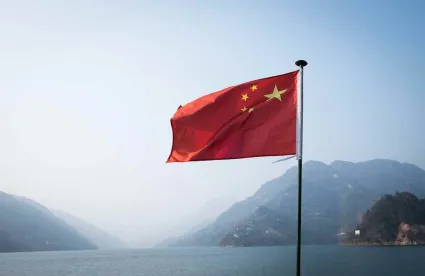We have been monitoring the progress China’s Ministry of Ecology and Environment (MEE) has been making on the goals set in its New Pollutant Control Action Plan, released in May 2022. One of the goals of the Plan was to release a list of key “new pollutants” for regulation and control, the categories of which would include persistent organic pollutants; endocrine disruptors; antibiotics; and microplastics, in 2022.
Just recently, the MEE released a draft list of key new pollutants and is soliciting public comment on the list by October 28, 2022. Instructions for making a public comment are available in the Notice. The complete list can be found here in Mandarin and here in English.
While the list is not final, it appears to cover several chemicals which are already subject to international conventions (including the Stockholm Convention on Persistent Organic Pollutants), phased out, restricted or heavily regulated in the US, UK, Japan, Korea and/or Europe. These include PFOA, PFOS, PFHxS, decabromodiphenyl ether, dicofol, and more. The draft list also contemplates the main control measures that may be implemented for each of these chemicals. These control measures range from the complete banning of production and use; to requiring import or export notices; to cessation of import or export; to strict enforcement of discharge limitations; to regular self-monitoring and report to supervising environmental bureaus.
As discussed in our previous article, once the final list is published, following the public comment period, the Plan then directs the MEE to begin gathering information in key industries from companies that produce, process, use, or discharge priority chemicals.
Ultimately, these recent concrete steps indicate that China is indeed more focused on strengthening its pollutant monitoring framework. Other steps referenced in the Plan that MEE has moved forward with include proposals to protect the Yellow and Yangtze Rivers, both of which were published in early and late August.




 />i
/>i
